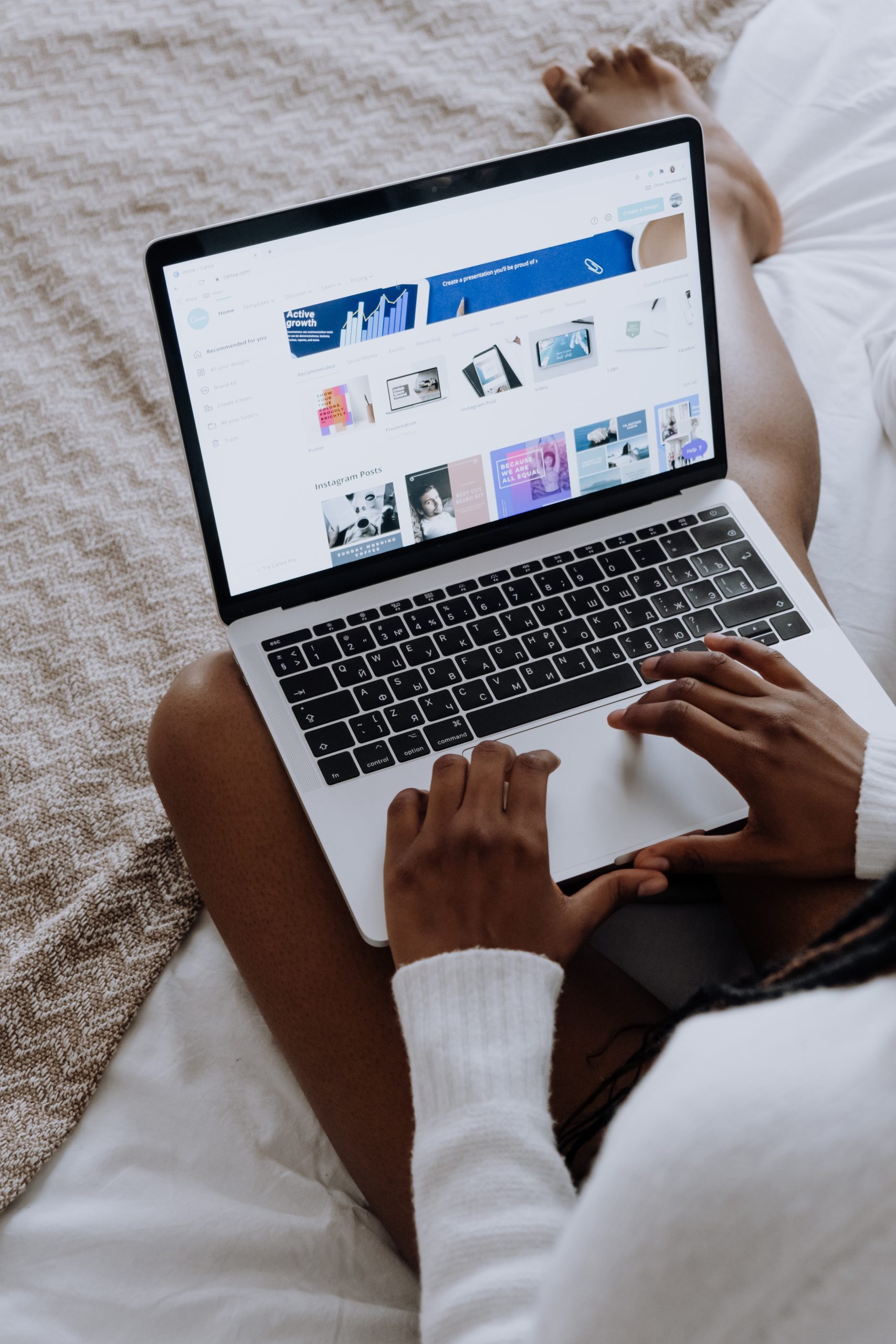A well-designed brochure is a powerful marketing tool that can effectively showcase your products, services, or business to potential customers. In today’s digital age, creating professional and eye-catching brochures has become easier with the help of design tools like Canva. Canva is a popular online graphic design platform that offers a user-friendly interface and a wide range of templates and design elements. In this article, we will guide you through the steps to make a good brochure in Canva that grabs attention and leaves a lasting impression.

1. Define Your Purpose and Audience
Before diving into the design process, it’s crucial to define the purpose of your brochure and understand your target audience. Determine what message you want to convey and what action you want your readers to take after viewing the brochure. Understanding your audience’s preferences and needs will help you tailor the design and content to resonate with them effectively.
2. Choose the Right Template
Canva offers a vast selection of brochure templates designed for various purposes, including product catalogs, event promotions, and informational brochures. Browse through the available templates or use the search feature to find one that suits your needs. Selecting a template as a starting point can save you time and provide a structure for your design.
3. Customize the Design
Once you have chosen a template, it’s time to customize it to align with your brand and message. Canva allows you to change colors, fonts, and images to match your brand identity. Ensure that the colors and fonts you choose are consistent with your existing branding to create a cohesive and professional look.
4. Use High-Quality Images
Images play a significant role in capturing the attention of your audience. Make sure to use high-quality images that are relevant to your content and visually appealing. Canva offers a library of free and premium stock images that you can use in your brochure. Alternatively, you can upload your images for a more personalized touch.
5. Keep the Design Simple and Organized
A cluttered and chaotic design can overwhelm readers and make your message less effective. Aim for a clean, simple, and organized layout that guides the reader’s eye smoothly through the content. Use headings and subheadings to break up text and make it easier to digest.

6. Pay Attention to Typography
Typography is a crucial aspect of brochure design that can significantly impact readability and visual appeal. Choose fonts that are easy to read and complement each other well. Use different font sizes and styles to create emphasis and hierarchy in your content. Avoid using too many different fonts, as it can make the design look unprofessional and inconsistent.
7. Incorporate Call-to-Action (CTA)
Include a clear and compelling call to action in your brochure to prompt the reader to take the desired action. Whether it’s visiting your website, making a purchase, or contacting you for more information, a strong CTA can increase the effectiveness of your brochure.
8. Balance Text and Visuals
A successful brochure strikes the right balance between text and visuals. Use images, icons, and illustrations to support and complement your written content. Visual elements can make your brochure more engaging and memorable.
9. Proofread and Edit
Before finalizing your brochure design, take the time to proofread and edit the content. Spelling and grammar errors can negatively impact the credibility of your message. It’s always a good idea to have someone else review your brochure as well to catch any mistakes or areas for improvement.
10. Preview and Save
Once you are satisfied with your brochure design, use Canva’s preview feature to see how it will look in its final form. Ensure that all elements are correctly aligned and that the overall design looks polished. Save your work regularly to avoid losing any changes you have made.
Creating a good brochure in Canva is a rewarding and straightforward process with the right approach. By defining your purpose and audience, choosing a suitable template, customizing the design to align with your brand, and using high-quality images and typography, you can create a visually appealing and effective brochure. Remember to keep the design simple, organized, and balanced, and incorporate a clear call to action to encourage reader engagement.
Canva’s user-friendly interface and extensive range of design tools and templates make it an excellent choice for designing brochures, even for those with little or no design experience. With a bit of creativity and attention to detail, you can produce a professional and eye-catching brochure that effectively communicates your message and drives results for your business or organization. Happy designing!
I’m Antonia, a copywriter with over five years of experience in the industry. I find joy in exploring a wide array of topics through my writing. It’s my passion to create engaging and compelling content that resonates with readers.
